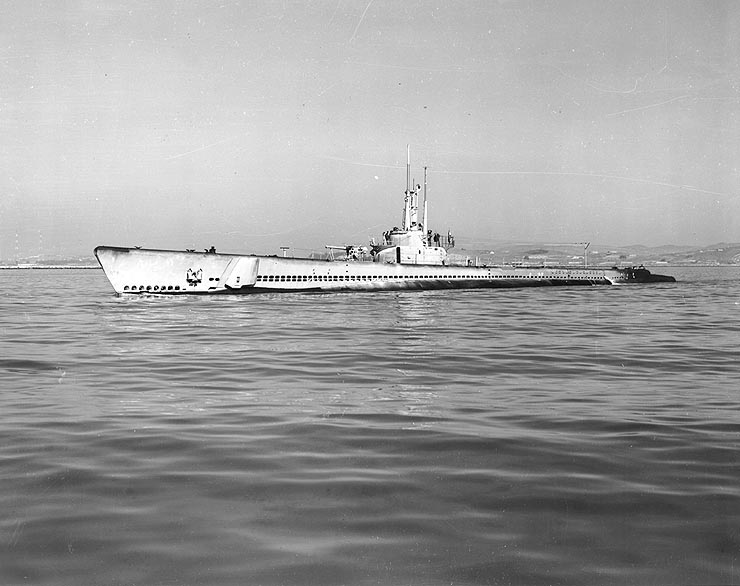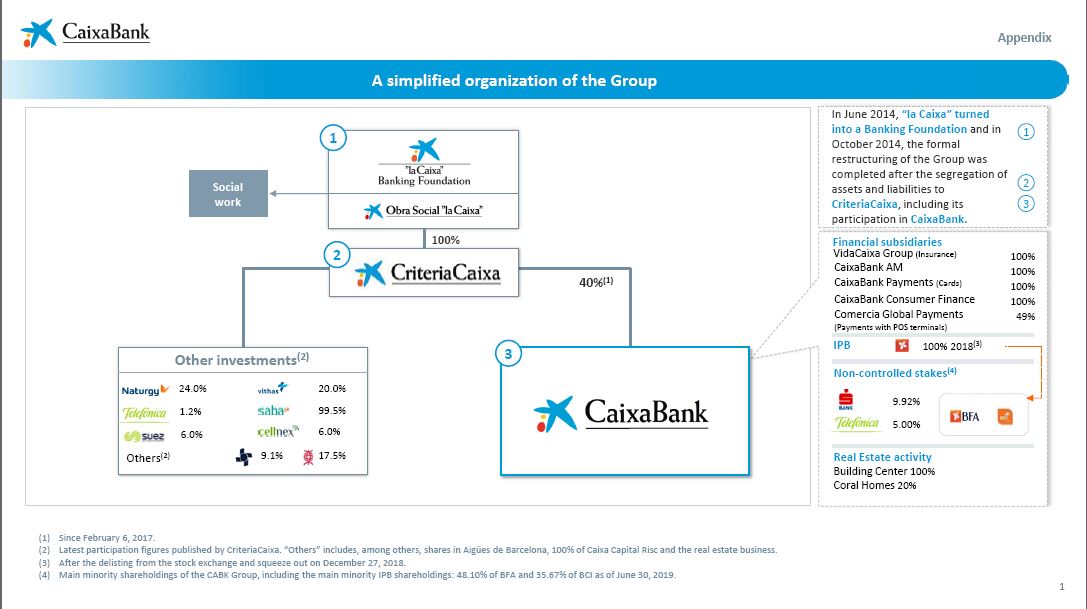|
Spanish Shark-class Submarine
The ''Clase Tiburón'' submarines (in English ''Shark''-class), was a mini submarines class of the Spanish Navy built in 1964. Only two units were built. Currently, ''Tiburón-I'' (SA-51) is conserved as a museum ship in Barcelona and ''Tiburón-II'' (SA-52) in Cartagena. Design With a crew of five men, ''Tiburon''-class submarines were intended to carry out week-long missions, would be ideal for operating in shallow waters and carrying special forces behind the enemy lines. They were equipped with a greater accommodation than the preceding ''Foca-''class, with a bathroom and two bunk beds, which allowed the crew to rest in "hot bed" shifts. The design was based upon the German minisubmarine ''Hai''-class. The submarines had two diesel engines (115 HP) and two electric engines (110 HP). The armament was two torpedoes. The sail was larger than the previous class which helps in the surveillance tasks. The submarines were armed with two 533 mm tubes capable of carrying G7a or G7e ... [...More Info...] [...Related Items...] OR: [Wikipedia] [Google] [Baidu] |
Balao-class Submarine
The ''Balao'' class was a successful design of United States Navy submarine used during World War II, and with 120 boats completed, the largest class of submarines in the United States Navy. An improvement on the earlier , the boats had slight internal differences. The most significant improvement was the use of thicker, higher yield strength steel in the pressure hull skins and frames, which increased their test depth to . ''Tang'' actually achieved a depth of during a test dive, and exceeded that test depth when taking on water in the forward torpedo room while evading a destroyer. Design The ''Balao''s were similar to the ''Gato''s, except they were modified to increase test depth from to . In late 1941, two of the Navy's leading submarine designers, Captain Andrew McKee and Commander Armand Morgan, met to explore increasing diving depth in a redesigned ''Gato''. A switch to a new High-Tensile Steel (HTS) alloy, combined with an increase in hull thickness from to , w ... [...More Info...] [...Related Items...] OR: [Wikipedia] [Google] [Baidu] |
G7es Torpedo
The G7es (T5) ''"Zaunkönig"'' ("wren") was a passive acoustic torpedo employed by German U-boats during World War II. It was called the GNAT (German Navy Acoustic Torpedo) by the British. Description The forerunner of the ''Zaunkönig'' was the G7e/T4 Falke, codename "Falcon," which was introduced in March 1943, but saw limited use for trial and was rapidly phased out of service in favor of the later model that received a number of significant enhancements. It was faster, had more range, possessed a magnetic or contact detonator and could be equipped with a percussion pistol. The T5 torpedo was capable of travelling at 24 knots (44 km/h) and had an effective range of about 5000 metres against convoy escorts vessels proceeding at speeds between 10 (18 km/h) and 18 knots (33 km/h). The homing system consisted of two hydrophone receivers and altered the direction of the rudder via an electropneumatic device. The acoustic homing torpedo was specifically designed a ... [...More Info...] [...Related Items...] OR: [Wikipedia] [Google] [Baidu] |
1964 Ships
Events January * January 1 – The Federation of Rhodesia and Nyasaland is dissolved. * January 5 - In the first meeting between leaders of the Roman Catholic and Orthodox churches since the fifteenth century, Pope Paul VI and Patriarch Athenagoras I of Constantinople meet in Jerusalem. * January 6 – A British firm, the Leyland Motor Corp., announces the sale of 450 buses to the Cuban government, challenging the United States blockade of Cuba. * January 9 – ''Martyrs' Day'': Armed clashes between United States troops and Panamanian civilians in the Panama Canal Zone precipitate a major international crisis, resulting in the deaths of 21 Panamanians and 4 U.S. soldiers. * January 11 – United States Surgeon General Luther Terry reports that smoking may be hazardous to one's health (the first such statement from the U.S. government). * January 12 ** Zanzibar Revolution: The predominantly Arab government of Zanzibar is overthrown by African nationalist rebels; a Unite ... [...More Info...] [...Related Items...] OR: [Wikipedia] [Google] [Baidu] |
Submarines Of The Spanish Navy
A submarine (or sub) is a watercraft capable of independent operation underwater. It differs from a submersible, which has more limited underwater capability. The term is also sometimes used historically or colloquially to refer to remotely operated vehicles and robots, as well as medium-sized or smaller vessels, such as the midget submarine and the wet sub. Submarines are referred to as ''boats'' rather than ''ships'' irrespective of their size. Although experimental submarines had been built earlier, submarine design took off during the 19th century, and they were adopted by several navies. They were first widely used during World War I (1914–1918), and are now used in many navies, large and small. Military uses include attacking enemy surface ships (merchant and military) or other submarines, and for aircraft carrier protection, blockade running, nuclear deterrence, reconnaissance, conventional land attack (for example, using a cruise missile), and covert insertion of ... [...More Info...] [...Related Items...] OR: [Wikipedia] [Google] [Baidu] |
Ships Built In Cartagena, Spain
A ship is a large watercraft that travels the world's oceans and other sufficiently deep waterways, carrying cargo or passengers, or in support of specialized missions, such as defense, research, and fishing. Ships are generally distinguished from boats, based on size, shape, load capacity, and purpose. Ships have supported exploration, trade, warfare, migration, colonization, and science. After the 15th century, new crops that had come from and to the Americas via the European seafarers significantly contributed to world population growth. Ship transport is responsible for the largest portion of world commerce. The word ''ship'' has meant, depending on the era and the context, either just a large vessel or specifically a ship-rigged sailing ship with three or more masts, each of which is square-rigged. As of 2016, there were more than 49,000 merchant ships, totaling almost 1.8 billion dead weight tons. Of these 28% were oil tankers, 43% were bulk carriers, and 13% were con ... [...More Info...] [...Related Items...] OR: [Wikipedia] [Google] [Baidu] |
List Of Retired Spanish Navy Ships
This list includes all naval ships which have been in service of the Spanish Navy. Aircraft carriers * Dédalo-class seaplane tender (1) ** ' (1922–1940) (ex-''Neuenfelds'' 1901-1921) * (1) ** ' (R01) (1967–1989) (ex-' 1943-1955) * (1) ** ' (R11) (1988-2013) Amphibious * English Xlighter: ** ''K-1'' to ''K-26'' (1924–1962) ''A-5'' (1925–1954) **''A-1'' (1933–1977) **''A-2'' (1933–1984) **''A-3'' (1935–1965) **''A-4'' (1935–1968) **''A-6'' > ''AA-06'' > ''Contramaestre Castelló'' (1952–1996) **''A-7'' > ''AA17'' (1952–1982) **''A-8'' (1952–1977) **''A-9'' > ''AA-21'' > ''A-62 Maquinista Macias'' (1963–1993) **''A-10'' > ''AA-22'' > ''A-63 Torpedista Hernandez'' (1963–2004) **''A-11'' > ''AA-23'' > ''A-64 Fogonero Bañobre'' (1963–1993) **''A-65 Marinero Jarano'' (1981–2010) **''A-66 Condestable Zaragoza'' (1981–2009) *Fleet oilers **''Plutón ''(1934–1970), ex Campsa oiler ''Campillo'' **''A-11 Teide'' (1956–1988) **''A-11 Marques de l ... [...More Info...] [...Related Items...] OR: [Wikipedia] [Google] [Baidu] |
List Of Submarines Of The Spanish Navy
The list of submarines in the Spanish Navy, commissioned or otherwise operated by the Spanish Navy. Peral "submarine torpedo boat" * Peral Submarine, ''Peral'' 1888 – 1890. Preserved as museum ship at Cartagena. Isaac Peral class submarine * ''Spanish submarine Isaac Peral (A-0), Isaac Peral (A-0)'' 1917 – 1932. Italian F Class submarine, A class * ''Spanish submarine Narciso Monturiol (A-1), Narciso Monturiol (A-1)'' 1917 – 1934 (named for Narcís Monturiol i Estarriol). * ''Spanish submarine Cosme García, Cosme Garcia (A-2)'' 1917 – 1931 (named for Cosme García Sáez). * ''Spanish submarine A-3, A-3'' 1917 – 1932. Spanish B class submarine, B class * ''Spanish submarine B-1, B-1'' 1922 – 1940. Sunk in Bay of Alcudia, Mallorca * ''Spanish submarine B-2, B-2'' 1922 – 1952. * ''Spanish submarine B-3, B-3'' 1922 – 1940. * ''Spanish submarine B-4, B-4'' 1923 – 1941. * ''Spanish submarine B-5, B-5'' 1925 – 1936, sunk near Estepona. * ''Spanish submarin ... [...More Info...] [...Related Items...] OR: [Wikipedia] [Google] [Baidu] |
La Caixa
La Caixa, also known as the "La Caixa" Foundation ( es, Fundación ”la Caixa”), is a not-for-profit banking foundation based in Catalonia. Originally a savings bank (''caja''), it reorganized in the 2000s and 2010s: Its commercial assets are managed under its subsidiary CriteriaCaixa, which also has partial ownership of La Caixa's old banking business CaixaBank; those are used to fund La Caixa's ' — social, cultural, scientific, and civic projects for the public good. Its official home is in Palma de Mallorca. History The foundation commonly dates itself to the 1990 creation of the ( es, Caja de Ahorros y Pensiones de Barcelona, ) as a merger of the founded in 1844 and commonly known as , founded in 1844, with the , founded in 1904 and commonly known as the "" and later "La Caixa". Ancestry Caja de Barcelona At the time of the 1990 merger, the Caja de Barcelona was the third largest savings bank in Spain. Caja de Pensiones The ' ( en, Old Age Pension Society) was ... [...More Info...] [...Related Items...] OR: [Wikipedia] [Google] [Baidu] |
Special Forces
Special forces and special operations forces (SOF) are military units trained to conduct special operations. NATO has defined special operations as "military activities conducted by specially designated, organized, selected, trained and equipped forces using unconventional techniques and modes of employment". Special forces emerged in the early 20th century, with a significant growth in the field during the Second World War, when "every major army involved in the fighting" created formations devoted to special operations behind enemy lines. Depending on the country, special forces may perform functions including airborne operations, counter-insurgency, counter-terrorism, foreign internal defense, covert ops, direct action, hostage rescue, high-value targets/manhunt, intelligence operations, mobility operations, and unconventional warfare. In Russian-speaking countries, special forces of any country are typically called , an acronym for "special purpose". In the United ... [...More Info...] [...Related Items...] OR: [Wikipedia] [Google] [Baidu] |
Diesel Engines
The diesel engine, named after Rudolf Diesel, is an internal combustion engine in which ignition of the fuel is caused by the elevated temperature of the air in the cylinder due to mechanical compression; thus, the diesel engine is a so-called compression-ignition engine (CI engine). This contrasts with engines using spark plug-ignition of the air-fuel mixture, such as a petrol engine (gasoline engine) or a gas engine (using a gaseous fuel like natural gas or liquefied petroleum gas). Diesel engines work by compressing only air, or air plus residual combustion gases from the exhaust (known as exhaust gas recirculation (EGR)). Air is inducted into the chamber during the intake stroke, and compressed during the compression stroke. This increases the air temperature inside the cylinder to such a high degree that atomised diesel fuel injected into the combustion chamber ignites. With the fuel being injected into the air just before combustion, the dispersion of the fuel is unev ... [...More Info...] [...Related Items...] OR: [Wikipedia] [Google] [Baidu] |
Cartagena, Spain
Cartagena () is a Spanish city and a major Cartagena Naval Base, naval station on the Mediterranean Sea, Mediterranean coast, south-eastern Iberia. As of January 2018, it has a population of 218,943 inhabitants, being the region's second-largest municipality and the country's sixth-largest non-provincial-capital city. The metropolitan area of Cartagena, known as ''Campo de Cartagena'', has a population of 409,586 inhabitants. Cartagena has been inhabited for over two millennia, being founded around 227 BC by the Carthaginians, Carthaginian Hasdrubal the Fair as ''Qart Hadasht'' ( phn, 𐤒𐤓𐤕𐤟𐤇𐤃𐤔𐤕 QRT𐤟ḤDŠT; meaning "New Town"), the same name as the original city of Carthage. The city had its heyday during the Hispania, Roman Empire, when it was known as ''Carthago Nova'' (the New Carthage) and ''Carthago Spartaria'', capital of the province of Cartaginense, Carthaginensis. Much of the historical significance of Cartagena stemmed from its coveted defensi ... [...More Info...] [...Related Items...] OR: [Wikipedia] [Google] [Baidu] |



.jpg)


